Soldiers of DK1 platform stand firm at the forefront of the waves. Photo: MAI THANG
Strategic vision of a talented general
When mentioning DK1, we cannot help but mention the person who laid the first foundation: Senior Lieutenant General Giap Van Cuong, the first Navy Commander in the renovation period, who initiated the construction of a system of platforms on the southern continental shelf in the mid-1980s.
In 1985, he proposed building outposts on the shoals, which would be both a strategic defense fulcrum and a demonstration of national sovereignty on the ground. He once predicted that the Truong Sa sea area would not be peaceful and the direction of attack in the national defense wars would mostly come from the sea. That vision contributed to shaping the DK1 system today, which is both a place for training, combat readiness, hydrological data collection, and a safe base for fishermen in the East and Southwest to go out to sea.
On July 5, 1989, according to Directive 180 of the Chairman of the Council of Ministers, the first Economic - Scientific - Technical Service Cluster was established in the Vung Tau - Con Dao special zone, marking the birth of the DK1 platform. Since then, DK1 has become a symbol of Vietnamese courage and intelligence at the forefront. Although he passed away in 1990 due to a serious illness, Senior Lieutenant General Giap Van Cuong is still remembered by generations of officers and soldiers of the platform, especially on each occasion of "DK1's birthday".
Currently, 15 DK1 platforms are being operated and managed by Naval Region 2, stationed on strategic shoals such as Tu Chinh, Phuc Nguyen, Ca Mau, Ba Ke, Que Duong... With the civilian name of "Economic - Scientific - Service Station", but in fact, DK1 platform is a living symbol of the will to protect sovereignty, a source of pride in the bravery and intelligence of Vietnamese marine soldiers.
Bamboo poles and ropes to build a house on the sea - unforgettable memories
On November 6, 1988, when the first northeast wind of the season blew in, the fleet of ships HQ-713 and HQ-668 commanded by Lieutenant Colonel Pham Xuan Hoa, Brigade Commander of the 171st Naval Brigade, officially left the military port, overcoming the waves to the southern continental shelf of the Fatherland to carry out a special mission: Surveying the construction of the DK1 platform.
Senior Lieutenant Nguyen Tien Cuong, Captain of the HQ-668 (now a retired Lieutenant Colonel), still remembers clearly the moment of saying goodbye to his newlywed wife. “The sea is vast, but I will definitely return!”, the words he said before leaving were not only words of encouragement, but also a strong belief in the midst of a challenging time, when the Truong Sa incident in early 1988 was still deeply imprinted in the memories of the marine soldiers. For them, each trip to sea was a step into the battle line, not knowing what would await them.
In the midst of the rough sea, the only means of navigation were a compass, a few coils of rope, and six bamboo poles to measure the depth. After three days of surveying, the team accurately determined the first location at Phuc Tan A shoal, marked with a buoy. Then they continued their journey to survey Huyen Tran, Que Duong, Phuc Nguyen, Tu Chinh and Ca Mau shoals, laying the foundation for the future platform system.
In May 1989, the construction campaign officially began. Ships from Brigade 171 and Squadron 129 coordinated with specialized tugboats to transport the platform frame, steel materials and wave-surfing equipment to Phuc Tan Shoal. After more than a month, on June 10, 1989, the first platform named "Phuc Tan" was erected in the middle of the ocean. In the middle of the vast continental shelf, tears rolled down the faces of the engineers and divers as a historic milestone was formed.
Just three weeks later, on July 3, 1989, Tu Chinh 1A platform was built, followed by Ba Ke 6A. From June 1989 to early 1995, a series of platforms were built in the clusters of Phuc Tan, Ba Ke, Huyen Tran, Que Duong, Tu Chinh, Phuc Nguyen on the continental shelf of Ba Ria - Vung Tau and DK1/10 at Ca Mau beach (now in Ca Mau province)...
The first three martyrs of DK1 Platform
In the memory of Lieutenant Colonel Bui Xuan Bong, former Commander of Phuc Tan platform (DK1/3) in the period of 1989-1990, the first days of guarding the sea at the forefront of the waves and winds always appear with haunting and sorrow. He was the only survivor of the platform collapse in 1990, where three of his comrades were forever buried in the heart of the sea: Lieutenant Tran Huu Quang - Political Commissar; Doctor Tran Van La and Electromechanical Soldier Ho Van Hien.
We met him at a simple level 4 house in the 171st Naval Brigade housing complex. In front of the porch, a few rows of lush green vegetables grown in plastic crates, “souvenirs” brought back from the rig, remind us of a time of living in the middle of the sea, fierce but proud.
Mr. Bong slowly recounted: “On the afternoon of October 4, 1990, the sea area of Phuc Tan suddenly became violent. The sky in the West was still blue, but the East suddenly had thick dark clouds. In less than an hour, a whirlwind and waves came, raging around the platform. The steel structure could not withstand the force of the level 12 wind, shaking violently. In the moment of life and death, I ordered the floor to be broken, used ropes to tie the wooden panels together to make a raft, and was ready to withdraw from the platform if it collapsed.”
The storm left no one unprepared. In the pitch-black night, the platform collapsed completely. The soldiers were caught in a fierce whirlpool. The wooden raft was scattered. Mr. Bong tore his shirt and tied his comrades together, hoping that if they were not alive, they could still bring their bodies back to the motherland. In another group, Political Commissar Tran Huu Quang, medic Tran Van La and electromechanical soldier Ho Van Hien still clung to the wooden plank, sharing each piece of dry food to survive.
When he knew he could not hold on any longer, Lieutenant Tran Huu Quang gave his last meal and life jacket to his comrades and quietly sank into the sea. But then, medic La and soldier Hien were also swept away by the storm. The sea kept them forever under the dark water...
Receiving the distress signal, Brigade 171 immediately reported to Hai Phong Command and dispatched ship HQ-711. After 20 hours of struggling in the storm, HQ-711 was only able to rescue 5 people: Mr. Bong and soldiers Quynh, Cong, Bau and Trung.
His voice dropped, his eyes red as he recalled the fateful moment: “Those were immortal moments of my life, where people faced life and death, where courage, camaraderie and noble sacrifice were written with tears and blood in the middle of the ocean.”
Love song on the waves of the oil rig
36 years since the first steel columns were planted on the southern continental shelf, the DK1 platform still stands tall in the sky and sea of the Fatherland. Generations of officers and soldiers still volunteer to go to the platform to take up their duties, bringing with them their youth, ideals and iron-clad belief in protecting the sacred sovereignty of the sea and islands.
Although living conditions have improved significantly compared to the early days, life on the rig is still full of hardships. However, no one gives up. On each white-capped wave, the DK1 soldiers continue to write an endless love song, a love song of loyalty, faith, and the spirit of "Resilience, courage, overcoming all difficulties, solidarity and discipline, maintaining sovereignty".
Source: https://baovanhoa.vn/chinh-tri/huyen-thoai-song-giua-bien-dong-149900.html


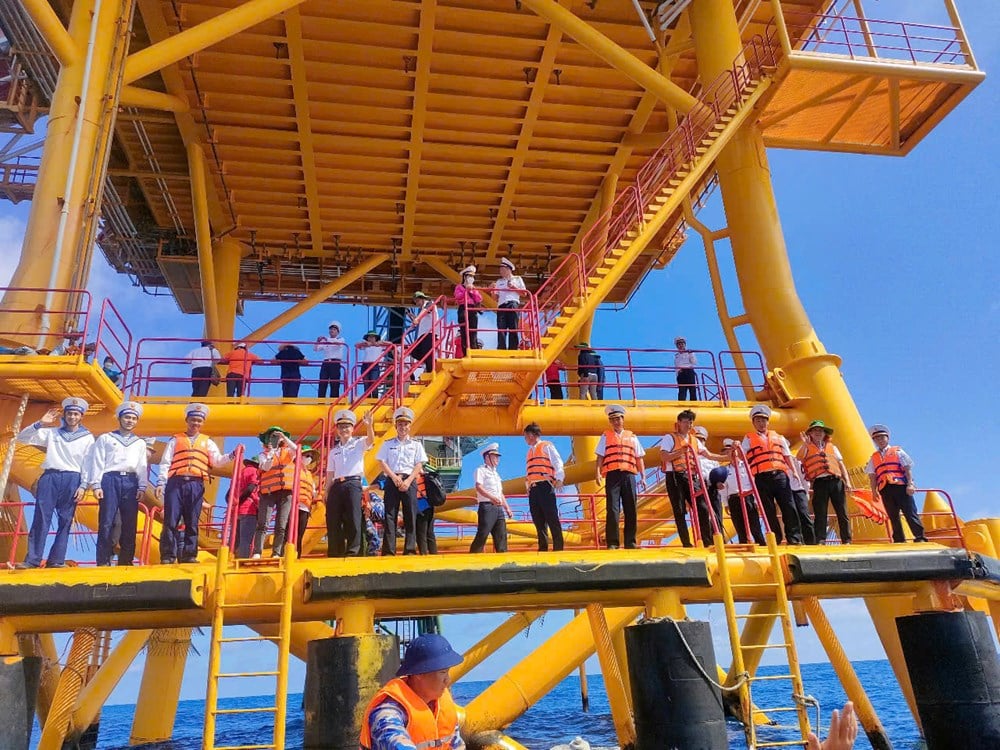








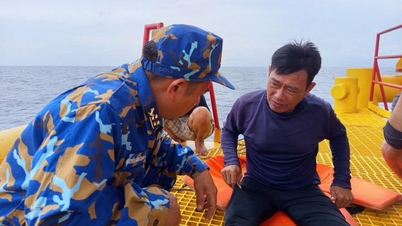


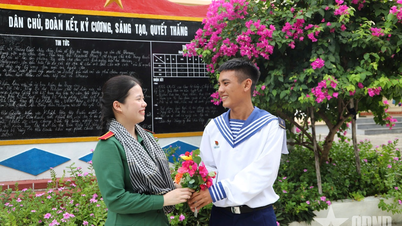

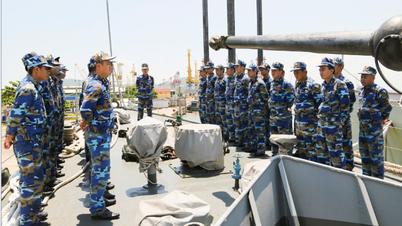
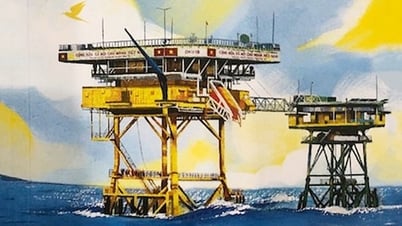

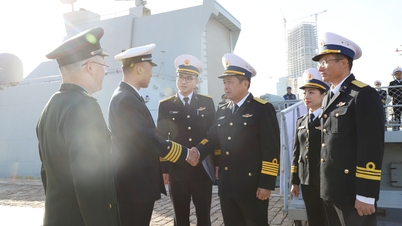

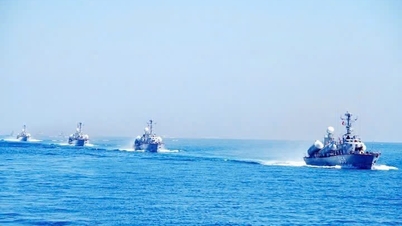
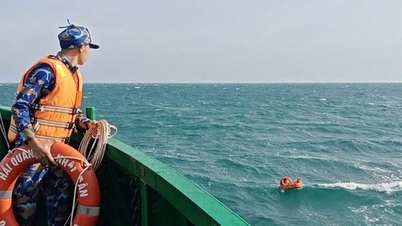

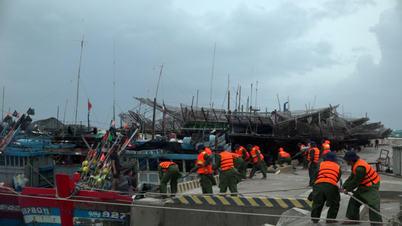
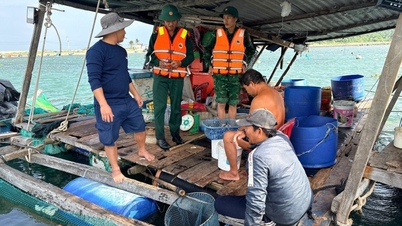
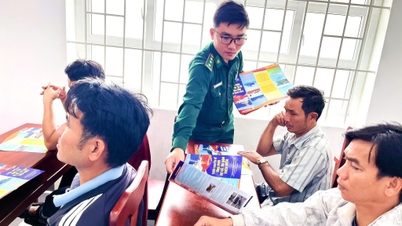






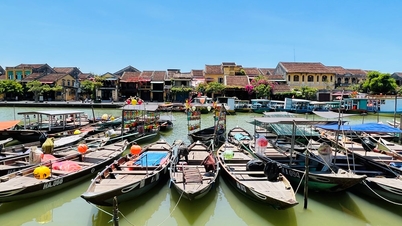



![[Photo] Parade to celebrate the 50th anniversary of Laos' National Day](/_next/image?url=https%3A%2F%2Fvphoto.vietnam.vn%2Fthumb%2F1200x675%2Fvietnam%2Fresource%2FIMAGE%2F2025%2F12%2F02%2F1764691918289_ndo_br_0-jpg.webp&w=3840&q=75)
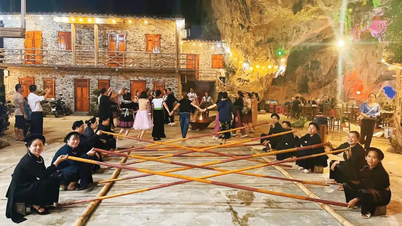



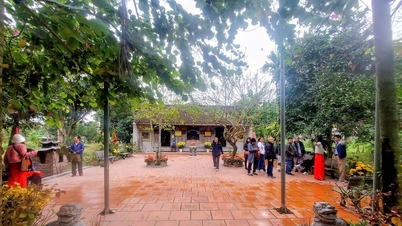







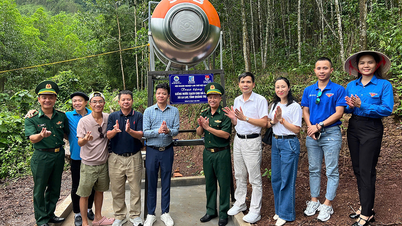




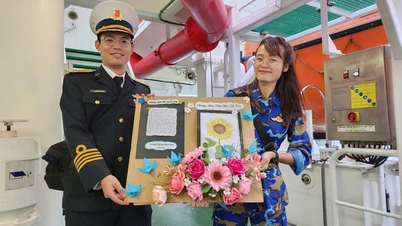


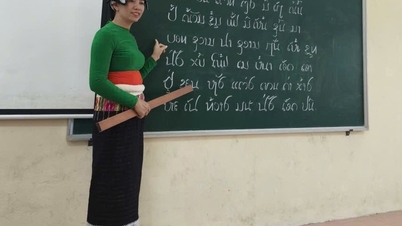

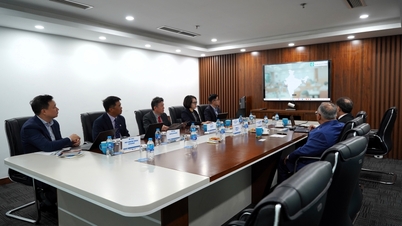
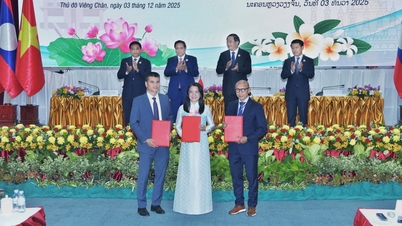














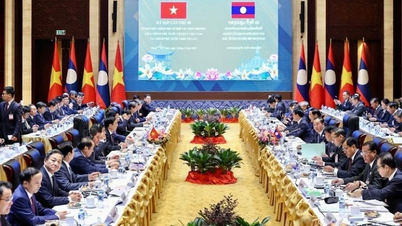







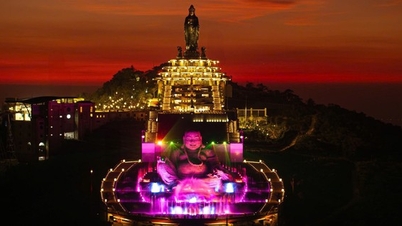





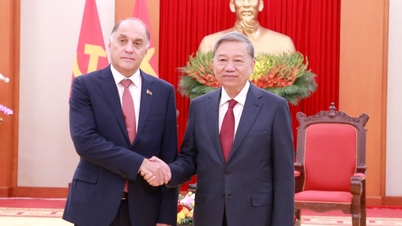



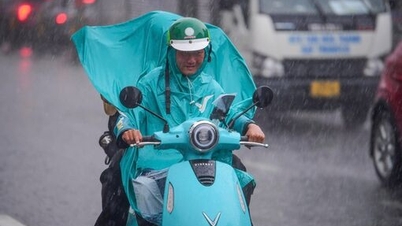

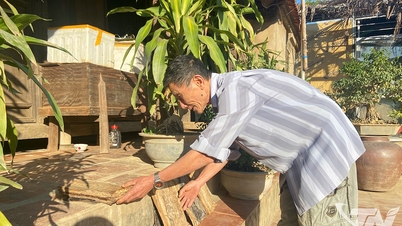

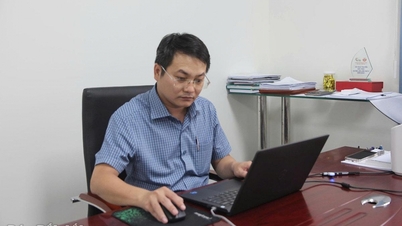















Comment (0)